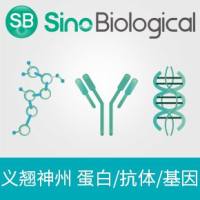Measurement of viral nucleic acid in serum is often a valuable adjunct to the management of viral infections (
1 ). In hepatitis B, tests for hepatitis B virus (HBV) DNA have been used widely (Table 1 ), but their interpretation and significance have yet to be defined. HBV DNA assays are limited by lack of standardization and variable sensitivity. Because HBV may circulate in serum at high levels (as high as 10
10 virions/mL), direct molecular hybridization assays are capable of detecting HBV DNA in a high proportion of patients, particularly those with active disease and both HBsAg (hepatitis B surface antigen) and HBeAg (hepatitis B e antigen) in serum. Commercial assays comprise the liquid hybridization assay (Genostics™, Abbott Laboratories, Chicago, IL), the hybridization capture assay (Digene, HC II), and branched DNA (bDNA) signal amplification assay (Versant, Bayer Diagnostics). Furthermore, a quantitative polymerase chain reaction (PCR) assay for HBV DNA has been developed (Amplicor Monitor HBV, Roche Diagnostics); it detects HBV DNA in a higher proportion of patients with chronic hepatitis B and often yields positive results, even in HBsAg carriers without apparent disease.
Table 1 Different Principles of HBV DNA Quantification
|
Signal amplification assays
|
|
Liquid hybridization
|
|
DNA-RNA hybridization
|
|
Branched DNA technology, bDNA
|
|
Target amplification assays
|
|
Polymerase chain reaction (PCR)
|
|
Transcription-mediated amplification (TMA)
|
|
Nucleic acid based amplification (NASBA)
|
|
Ligase chain reaction (LCR)
|









